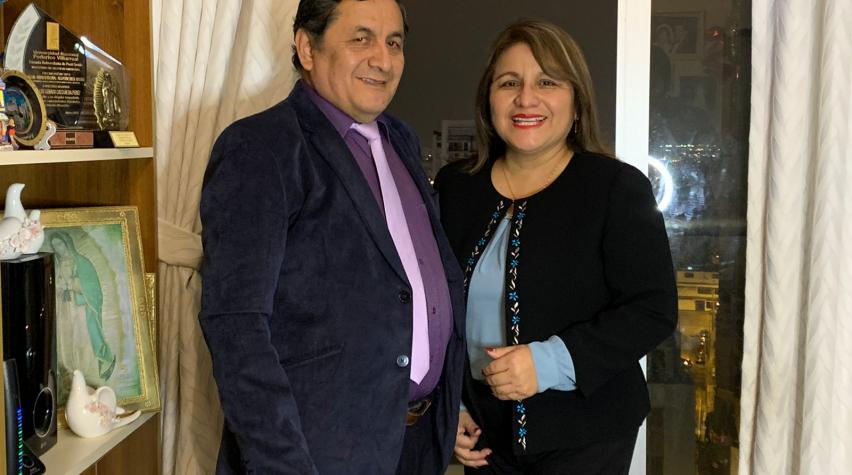
I recently spoke with two science professors, Luz Castañeda Pérez of the Federico Villarreal National University and Luis Carrasco Venegas of the National University of Callao, whose mission is to strengthen, motivate, and develop ingenuity, research, and creativity in their students for the greater well-being and progress in our society. Through their work they inspire new generations.
What attributes must a chemical engineer have to be a researcher?
Luis: A chemical engineer should never settle for the knowledge gained in education and training alone; research and innovation must be the value an engineer can offer. And that comes about when an engineer harnesses his or her ingenuity and the desire to take on engineering challenges to solve problems.
Luz: To do scientific and technological research, it’s important for engineers to get involved in project formulation, research methodology, writing standards for articles, books and patents. Being a research engineer is an exciting challenge.
How do chemical engineer find a balance between training and research?
Luz: Our career knowledge and the development of our research are linked. It’s important to maintain solid professional training, to be a regular reader of scientific journals in your field, to get involved in research groups/networks and institutions such as AIChE, which does an excellent job for the development of our profession.
Luis: Constant training—research stays in other countries, and joint university-company research is important. It’s the best way to combine our knowledge with the development of our research to contribute to the growth of chemical engineering in our country.
How do you encourage chemical engineering students to do research?
Luis: I’ve had the honor of being dean of chemical engineering. During my tenure, I set out to strengthen the research capacities of our students, I implemented research laboratories, we designed and built equipment to carry out our research, we formed research teams, and we managed to carry out university-company projects. Through these experiences, I feel we encouraged and involved more of our students to become researchers.
Luz: At the same time, it is important to provide them with encouragement and public recognition for their achievements. We must involve them in our projects and advise them, we want our students to become passionate about research.
What is Peru’s future in science, technology, and innovation?
Luis and Luz: As researchers, we’ve experienced great changes in our country in science, technology, and innovation, and we are optimistic. There are more and more researchers qualified by CONCYTEC. Now, we have more financial resources for research and innovation, although we still have many challenges to overcome.
We hope to continue building a culture of research, development, innovation, and entrepreneurship. We consider this interview itself a source of motivation and are grateful for the opportunity to share out views.
About the interviewees
Dr. Engr. Luis Carrasco Venegas is a Professor, Faculty of Chemical Engineering (FCE), National University of Callao, and is a Past Dean at FCE, a researcher RENACYT- CONCYTEC, and an inventor of eight patent titles and author of the numerous texts, including in the subjects of numerical methods, transport phenomena, modeling of transport phenomena, and experimental chemistry. He has won national awards for chemical engineering in the area of transportation phenomena. You can contact him via email.
Dr. Engr. Luz Castañeda Pérez has a MSc. in Chemical Engineering, Bratislava University of Technology, Slovakia; and a Mg. in Health Management, Polytechnic University of Valencia, Spain. She has a doctorate in Environmental Engineering, UNFV-Peru, and a doctorate of Chemical Sciences, UNMSM- Peru, a bachelor in law, and is a RENACYT researcher at the Federico Villarreal National University. She has the distinction of being the woman with the second highest number of patents in Peru. She’s an evaluator of CONCYTEC (Peru) and SENACYT (Panama). You can contact her via email.

